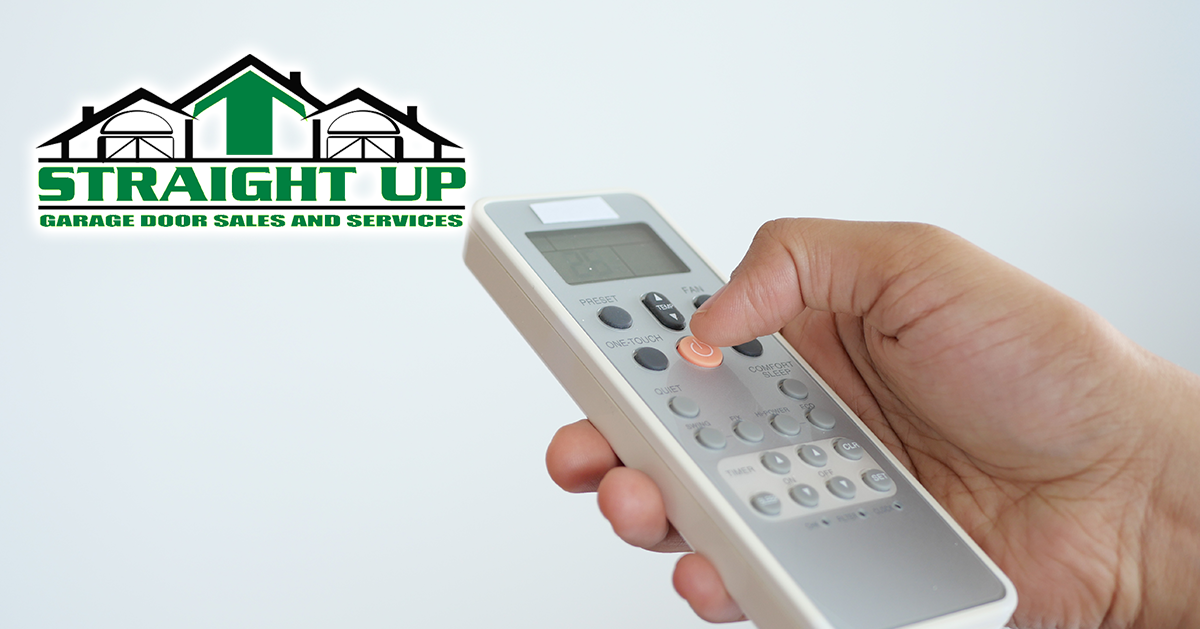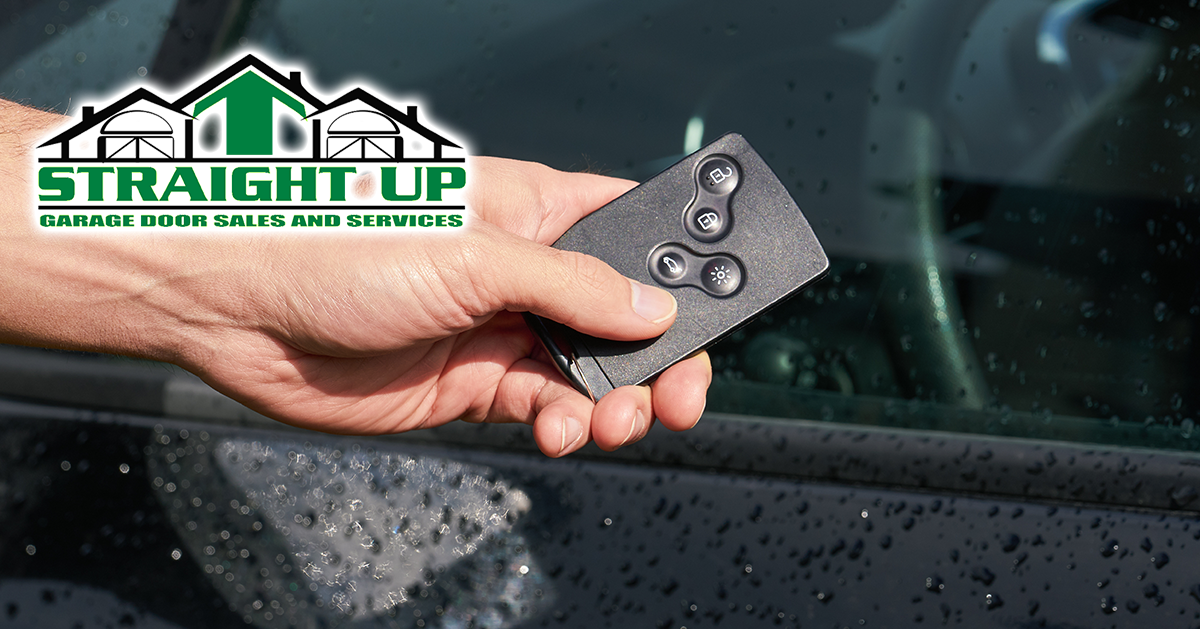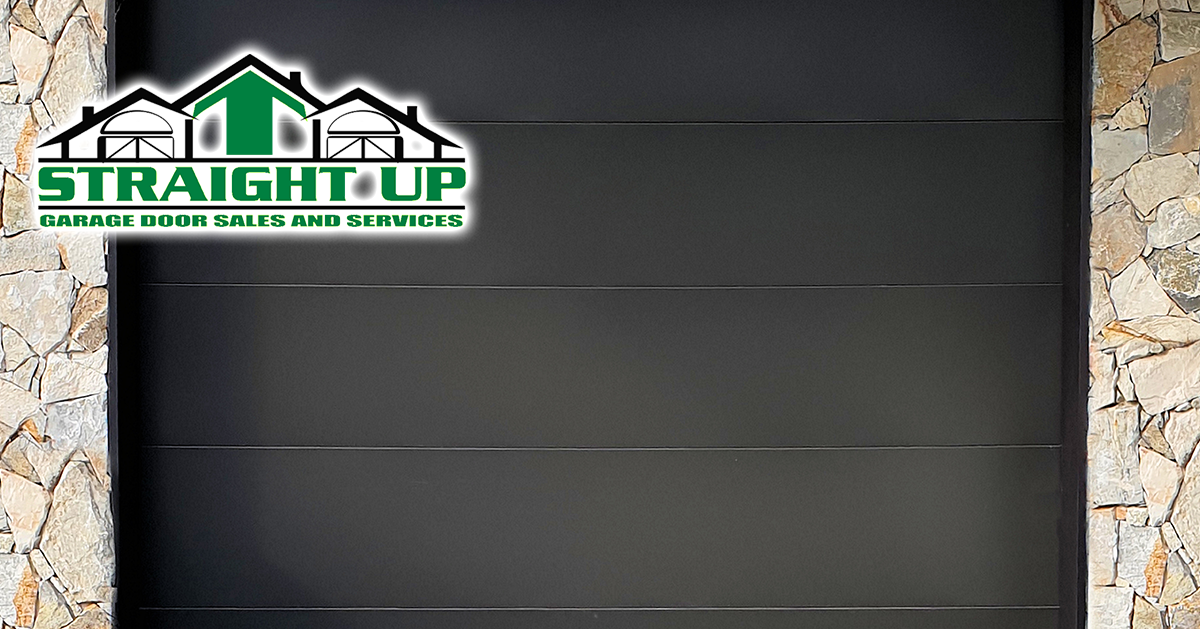When looking at the garage door mechanics, the torsion springs play a vital role as they are put to use each and every time you open or close your garage door. In this article, we are going to discuss things you should know about the torsion springs, what role they play in your garage doors lifespan and what you should do when they need to be repaired.
What Are Torsion Springs?
Torsion springs are very similar to regular springs in that they store mechanical energy. This energy is gathered with rotation and is what makes these torsion springs tighten. The key advantage to a torsion spring in your garage door rather than a ‘normal’ spring is the amount of energy that can be stored, not to mention the material used in torsion springs are far more dense and durable.
How Do Torsion Springs Function?
When looking up at your garage door, you may notice the torsion springs on either side. Typically these are mounted horizontally above your garage door to give them more leverage when it comes to assisting in your garage doors movement. Pulling down on your garage door will pull on cables attached to the springs and in turn, force the torsion springs to wind up. Thus adding energy. It may seem a bit backward, however as your garage door goes up, the torsion springs release the energy as they unwind, transferring the stores into your garage door and thus helping it smoothly lift up.
Without the Torsion Springs in place, you would feel the full weight of your garage door as you manually lift it. Garage doors can range anywhere from over 100 pounds to above 350 pounds. With the torsion springs, your garage door seems to weigh a mere 8 to 10 pounds.
Torsion Springs Lifecycle
Like most mechanical products, as your door opens and closes over the years, the torsion springs may begin to weaken. The steel in the springs can become worn out which may cause the garage door to become too heavy for them to handle and thus becoming far less effective. In these cases, the springs will eventually break and make it a bit more difficult to open your garage door.
While a garage door will typically last anywhere from 10 to 15 years, torsion springs, on the other hand, only last around 5 to 7 years. Which is still rather impressive considering this can be around 10,000 cycles of your garage door opening and closing. Unfortunately, in their weakened state, torsion springs have a tendency to break. Which leads us to the next section of this article.
Torsion Spring Dangers And Risks
As stated above a weakened torsion spring will make opening your garage door more difficult. However, a broken torsion spring offers far more danger and risk to your person and your property. You may be surprised to learn that torsion springs typically break when a repair is being attempted. Without the proper knowledge of the mechanics and the right tools for the job, the risks of a torsion spring breaking and thus releasing all the built-in energy is exponential and life-threatening. This is why we always strongly recommend calling a professional when dealing with a weakened torsion spring.





